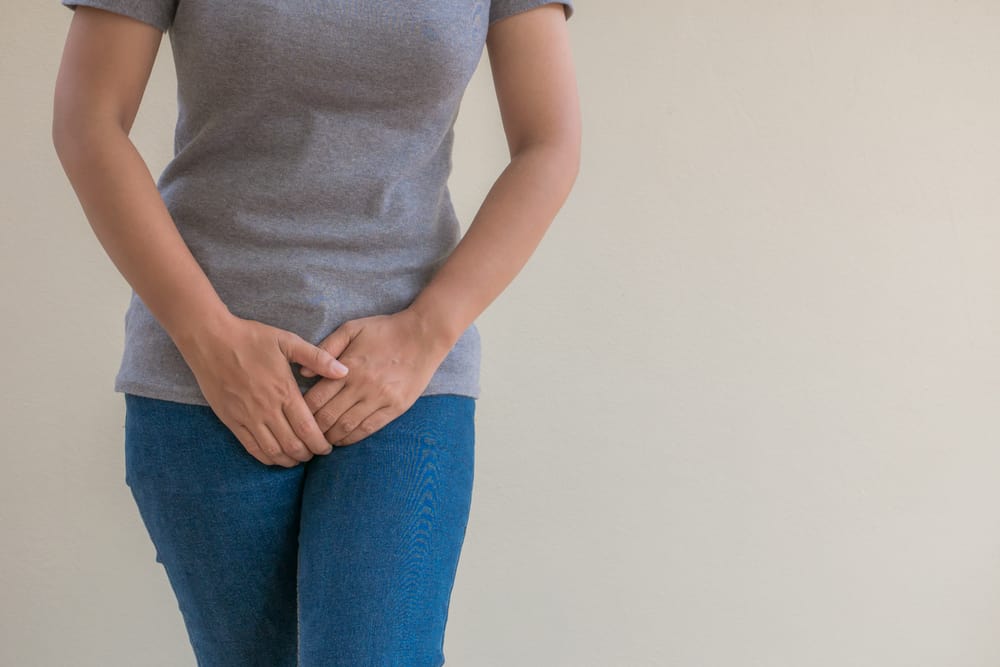Contents:
Medical Video: Your Radiologist Explains: Hysterosalpingography
Definition
What is hysterosalpingography?
Hysterosalpingography (HSG) is an X-ray test that looks at the contents of the uterus and fallopian tubes and the surrounding area. This test is often performed on women who find it difficult to get pregnant. During HSG, the dye (contrast material) is placed through a thin tube placed through the vagina and into the uterus. Because the uterus and fallopian tubes are linked together, the dye will flow into the fallopian tube. Images are taken using X-ray rays (fluroscopy) when the dye enters through the uterus and fallopian tubes. Images can show problems with wound types or abnormal structures in the uterus or fallopian tubes, or blockages that will prevent the egg from moving through the fallopian tube to the uterus. Blockages can also prevent sperm from moving towards the fallopian tube and join in (fertilizing) the egg. HSG may also find a problem in the uterus that prevents the fertilized egg from sticking to the uterine wall.
When do I have to undergo hysterosalpingography?
If you have difficulty getting pregnant or have had a pregnancy problem, such as multiple miscarriages, your doctor may order this test. HSG can help diagnose the cause of infertility. If you have undergone tubal surgery, your doctor may order HSG to check if the surgery is successful. If you undergo tubal ligation — the procedure that closes the fallopian tube — the doctor may do this test to ensure that the tube is properly closed. This test may also be told to check if the tubal ligation reversal is successful in reopening the fallopian tube.
Prevention & warning
What should I know before undergoing hysterosalpingography?
Hysteroscopy may be done rather than HSG to examine the uterus. Another test called laparoscopy may also be done rather than HSG to see the fallopian tube. Laparoscopy does not indicate whether the fallopian tube is open, if the dye is not injected during laparoscopy. Another test, sonohysterography (SHG), may be more accurate than HSG for seeing uterine fibroids or polyps. SHG uses ultrasound to monitor the movement of saline solution that is injected into the uterus. SHG does not use X-rays or iodine dyes.
Make sure the doctor knows if you drink metformin (like Glucophage) for diabetes or for other reasons such as polycystic ovary syndrome (PCOS), because of the possibility of interaction with the dye used in the test.
Process
What should I do before I undergo hysterosalpingography?
The HSG procedure is best done a week after menstruation but before ovulation to make sure you are not pregnant during the examination. This procedure should not be done if you have an active inflammatory condition. You should tell a physician or technologist if you experience chronic pelvic infections or sexually transmitted diseases that are not cured during the procedure. The night before the procedure, you may be told to use laxatives or enemas to empty the intestines, so that the uterus and surrounding structures can be clearly seen.
You should tell the physician about any medication used and whether there is an allergy, especially against iodine contrast material, and other recent illnesses or medical conditions.
What is the hysterosalpingography process?
HSG is usually carried out by radiation experts in the X-ray room in a hospital or clinic. Radiation technologists and nurses might help doctors. Gynecologists or fertility specialists (endocrinological reproductive) may also help in this test. Before starting this test, you might get a sedative or ibuprofen (kind of Advil) to help you relax and rest the uterus so that it won't cramp during the test. You will empty the bladder and then lie face down on the examination table with your feet raised and supported by a footrest. This makes it easy for the doctor to see your genital area.
The doctor will insert a smooth, curved speculum into the vagina. The speculum gently opens the vaginal wall, making it easier for the doctor to look inside the vagina and cervix. The cervix may be held by a clamp called tenaculum. The cervix is washed with special soap and a hard (cannula) or flexible pipe (catheter) inserted through the cervix into the uterus. X-ray dyes are inserted through the pipe. If the fallopian tube opens, the dye will flow through them and spill into the stomach which will be absorbed naturally by the body. If the fallopian tube is blocked, the dye will not enter. X-ray images were shown on the TV monitor during the test. If you need another display, the inspection table might be tilted or you might be told to change position. After the test, a cannula or catheter and speculum are taken. This test usually takes 15-30 minutes.
What should I do after undergoing hysterosalpingography?
After the test, some dye will come out of the vagina. You may also experience vaginal bleeding for a few days after the test. Contact your doctor immediately if you experience:
- severe vaginal bleeding (soaking more than one tampon or dressing in one hour)
- fever
- severe abdominal pain
- vaginal bleeding that lasts more than 3-4 days.
Explanation of Test Results
What do the test results mean?
Normal results mean:
- normal uterine and fallopian forms. The fallopian tube is not scratched or injured. The dye flows freely from the uterus, through the fallopian tube, and spills normally into the stomach
- no objects (such as intrauterine devices or IUDs), tumors, or growth seen in the uterus
Abnormal results mean:
- the fallopian tube may be scratched, abnormally shaped, or blocked so that the dye does not flow through the tube and spill into the stomach. Possible causes of fallopian tube obstruction include pelvic inflammatory disease (PID) or endometriosis
- the dye may leak through the uterine wall, showing a tear or hole in the uterus
- an abnormal uterus may show tissue (called the septum) that divides the uterus
- there may be growth, such as polyps or fibroids
Hello Health Group does not provide medical advice, diagnosis or treatment.











